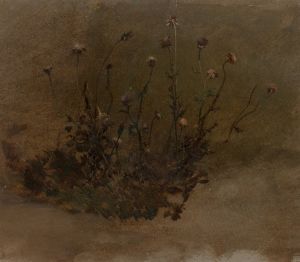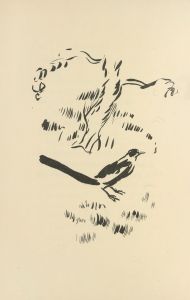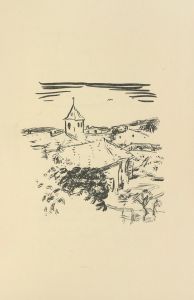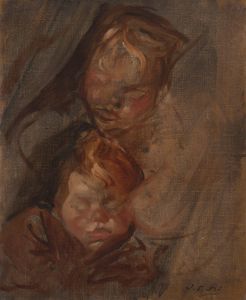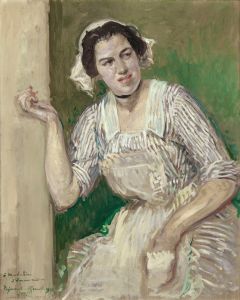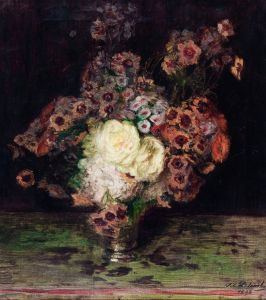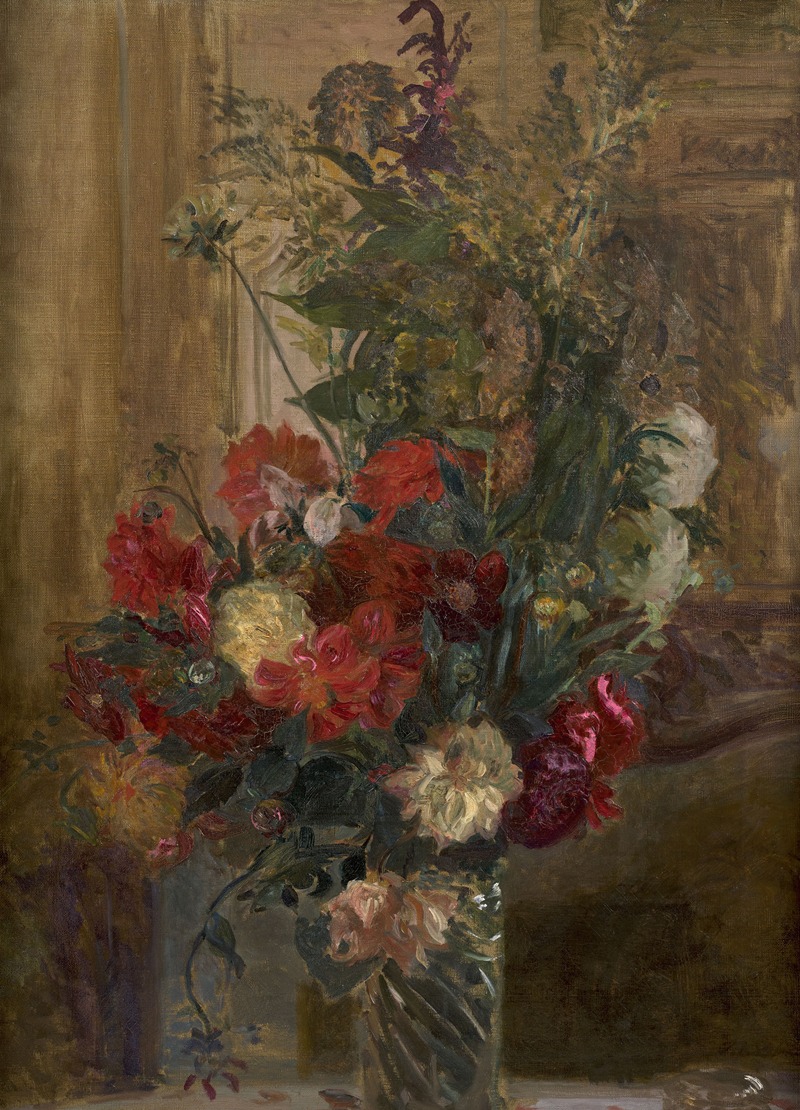
Bouquet de fleurs
A hand-painted replica of Jacques-Émile Blanche’s masterpiece Bouquet de fleurs, meticulously crafted by professional artists to capture the true essence of the original. Each piece is created with museum-quality canvas and rare mineral pigments, carefully painted by experienced artists with delicate brushstrokes and rich, layered colors to perfectly recreate the texture of the original artwork. Unlike machine-printed reproductions, this hand-painted version brings the painting to life, infused with the artist’s emotions and skill in every stroke. Whether for personal collection or home decoration, it instantly elevates the artistic atmosphere of any space.
Jacques-Émile Blanche (1861-1942) was a French painter known for his portraits of prominent figures in the arts and literature during the late 19th and early 20th centuries. Among his diverse body of work, "Bouquet de fleurs" stands out as a notable example of his still life paintings.
"Bouquet de fleurs" is a painting that showcases Blanche's skill in capturing the delicate beauty and intricate details of floral arrangements. While Blanche is primarily celebrated for his portraits, his still life paintings, including "Bouquet de fleurs," demonstrate his versatility and keen observational skills. The painting features a carefully arranged bouquet of flowers, rendered with meticulous attention to color, texture, and light. Blanche's use of vibrant hues and subtle shading brings the flowers to life, creating a sense of depth and realism.
Blanche's background and connections within the artistic community significantly influenced his work. Born into a wealthy family, he had access to a broad cultural education and was exposed to the arts from an early age. His father, a successful psychiatrist, treated many artists and writers, which allowed Blanche to form relationships with influential figures such as Marcel Proust, James Joyce, and Edgar Degas. These connections enriched his artistic perspective and provided him with a diverse range of subjects for his portraits and other works.
In "Bouquet de fleurs," Blanche's technique reflects the influence of both Impressionism and Realism. The loose brushstrokes and emphasis on light and color are reminiscent of the Impressionist style, while the detailed depiction of the flowers aligns with the Realist tradition. This blend of styles is characteristic of Blanche's work, as he often sought to capture the essence of his subjects through a combination of precise detail and expressive brushwork.
The composition of "Bouquet de fleurs" is carefully balanced, with the flowers arranged in a way that guides the viewer's eye through the painting. The use of light and shadow adds depth and dimension, creating a sense of three-dimensionality. Blanche's ability to convey the delicate textures of the petals and leaves further enhances the realism of the piece.
While "Bouquet de fleurs" may not be as widely recognized as some of Blanche's portraits, it remains an important part of his oeuvre. The painting exemplifies his ability to capture the beauty of everyday objects and transform them into works of art. Through his still life paintings, Blanche demonstrated that he was not only a master portraitist but also a skilled observer of the natural world.
In summary, "Bouquet de fleurs" by Jacques-Émile Blanche is a testament to the artist's versatility and technical prowess. The painting's intricate details, vibrant colors, and balanced composition reflect Blanche's deep appreciation for the beauty of nature and his ability to convey that beauty through his art.






